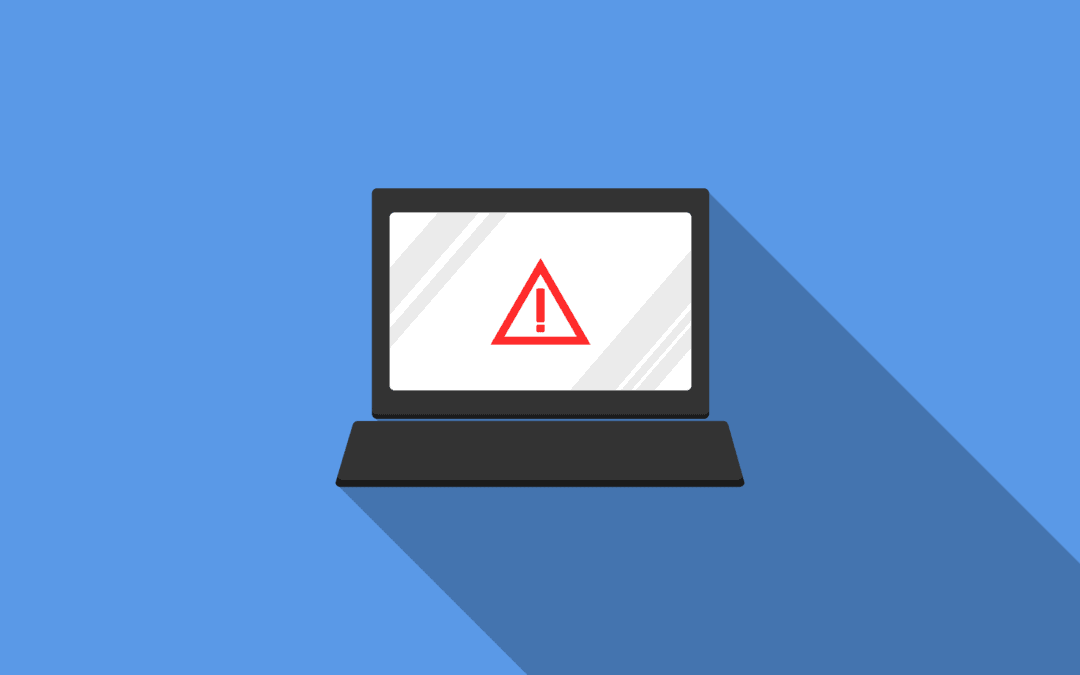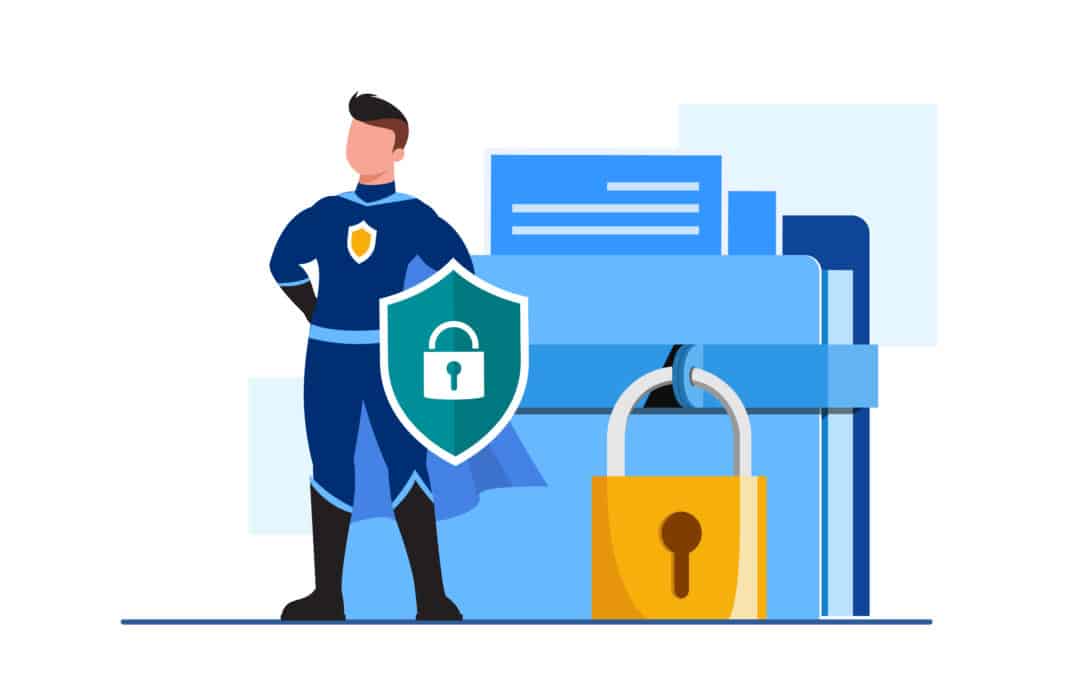Businesses of all sizes are at risk of cyberattacks. In fact, 42% of small businesses have been hit by a cyberattack in the last year. Cybersecurity is more important than ever for all businesses.
If your business stores any type of customer data, even if it is not regulated under federal or state laws, it is essential to have a good cybersecurity plan in place. This will help protect your customers’ information from being stolen or compromised.
Not only can cyberattacks cause downtime and lost profits, but they can also be very damaging to the reputation of your business.
One way to protect your business is through a cybersecurity assessment. An assessment can review your technology and operational environments to determine gaps in security practices and controls.
So what is a cybersecurity assessment? And how can it help your business? Keep reading to find out.
What Is a Cybersecurity Assessment?
A cybersecurity assessment is an in-depth review of your systems, both technological and operational. A security expert will test your systems and find any areas that might be vulnerable to an attack.
The assessment can include a variety of tests, such as penetration testing and vulnerability scans. These tests pinpoint weaknesses in your software and network systems. They can also determine if hackers can access your systems through known vulnerabilities.
Cybersecurity assessments can also identify employees who may be susceptible to social engineering attacks. Social engineering is a technique hackers use to get confidential information by talking to people.
Finally, the assessment will look at your business procedures to determine if there are weaknesses in security when sending or receiving PII, storing sensitive information, change control, and backup and disaster recovery. It might even review financial controls, such as dual control approval for wire transfers.
The assessment report will recommend steps you can take to mitigate any risks found. The recommendations will be prioritized based on criticality, and should be compared against an industry standard security framework such as the NIST Cybersecurity Framework (CSF).
How Can a Cybersecurity Assessment Help My Business?
Cybersecurity assessments help you understand where you might be vulnerable to an attack. The goal is to identify and remove such weaknesses before they become exploited by cyber criminals.
No business today wants to experience a cyberattack. So, it is better to be prepared for an attack than to face the damaging consequences of one.
Businesses that fall victim to a cyberattack can face serious financial harm when recovering their systems. Going through a cybersecurity assessment could help you avoid this by finding and fixing flaws in your system. A cybersecurity assessment can help your business in a few ways:
- Identify vulnerabilities in your system and fix them before they become a bigger problem;
- Protect your reputation by identifying and fixing any potential security breaches;
- Provide you with a roadmap for improving your cybersecurity posture, and;
- Identify current and future vulnerabilities that hackers could exploit.
If your company stores any type of customer data, it’s imperative to take steps to protect it. Hackers often target customer data such as financial information and social security numbers.
Your business may have policies in place that help employees handle confidential information. Yet hackers may still access your network by finding a vulnerability to exploit.
Types of Cybersecurity Assessment
If your business decides to undertake a cybersecurity assessment, it will most likely be a comprehensive assessment that looks at your organization’s people, procedures, and technology. These types of assessments are often referred to as comprehensive security assessments or comprehensive risk assessments.
However, there are actually many different types of cybersecurity assessments. Businesses can use these assessments to evaluate their cybersecurity. Below are three types of assessments that you could also explore:
Vulnerability Assessment
A vulnerability assessment analyzes the potential risks that may affect a system or network. This assessment can help you to identify and understand the weaknesses in your system or hardware. After the evaluation, you can make informed decisions about the steps to protect your business from possible attacks.
Threat Assessment
A threat assessment is a process that helps you identify which risks are most likely to happen to your company. This type of assessment also looks at which threats have been successful in companies in your industry.
Risk Assessment
Risk assessment analyzes the likelihood of each potential threat coming true. What is the possibility of hackers exploiting these threats? What will happen to your business if you are hacked? And, what is the risk of these threats happening to your business, given existing security controls you have in place and the technology you are using?
The goal here is not only to protect against future attacks but also to minimize the impact of any that may occur. There are two main types of cybersecurity risk assessment: qualitative and quantitative.
Qualitative Cybersecurity Assessment
A qualitative cybersecurity assessment reviews your current policies and procedures to see if you are at risk of an attack. This type of assessment can help determine if hackers could exploit any known vulnerabilities in the software you use or any other weaknesses in your system. If there are any, they will provide you with a plan to fix them.
Qualitative risk assessment discusses the following factors:
- Data category
- Data breach news
- Financial risk
- Business criticality
Qualitative risk assessment is based on a person’s experience and background. You can use it for internal discussions. It’s a fantastic method to learn what other people think about cybersecurity risk.
Quantitative Cybersecurity Assessment
A quantitative cybersecurity assessment is used to evaluate how effective your current policies and procedures protect you against cyberattacks. This type of assessment can help determine how well you’re doing at keeping hackers out of your network.
You can protect your company by checking if hackers could exploit a weakness in the software you use. Then you will know the damage they could cause if they got access to sensitive information stored on servers within your company’s control.
Quantitative cyber security assessment looks at the following factors:
- Current security controls
- Number of attacks within the industry
- Recent incidents of data breaches
- Data criticality
- Data types
- Customer churn
Quantitative risk assessment predicts the future by using mathematical models and historical data. The goal of a quantitative cybersecurity assessment is to identify and prioritize risks. The assessment uses this formula to calculate the risk and how vulnerable the company is.
Data breach risk equals the financial impact of a data breach multiplied by the probability of a data breach.
Which Type of Cybersecurity Assessment Is Right for My Business?
Are you wondering which type of assessment is best for your company?
Both qualitative and quantitative assessments have their pros and cons. Hence, it’s essential to understand which type would work best for your business. If you’re unsure, we recommend hiring a security expert to assist with the process.
A qualitative assessment is great if you’re looking for a broad overview of your security posture. On the other hand, quantitative analysis is great if you want to know more about specific vulnerabilities and how they may affect your unique environment.
How Does a Vulnerability Assessment Fit into Cybersecurity?
Conducting regular vulnerability assessments is an integral part of any cybersecurity program. These will help to identify potential weaknesses in your systems that hackers could exploit.
However, a vulnerability assessment is not a comprehensive cybersecurity solution. A good cybersecurity plan should include regular assessments and updated security measures.
This ensures that your firewalls and antivirus software are still working effectively, and that each of your endpoints is protected. By taking the time to put these steps into place, you can help keep your data safe and keep your customers’ faith in you.
How to Conduct a Cybersecurity Assessment
There are several different ways to conduct a cybersecurity assessment. The most common approach is to use a vulnerability assessment tool.
This tool scans your system for known vulnerabilities and provides a report outlining the findings. It also includes information on how to fix the issues it finds.
However, this may not be a comprehensive approach. Devices not on your network at the time of scanning will not show up in the report. You also will not get any insight in to the susceptibility of your users to phishing, or issues with business processes and procedures that could be exploited by cyber criminals.
Another option is to hire a third-party security firm to assess your business. This can be more expensive, but it will provide you with an in-depth look at your company’s security posture.
Finally, you can also do self-assessment by utilizing your IT department to handle the job. Self-assessments can be challenging, especially if you don’t know where to start.
Fortunately, our comprehensive step-by-step guide below will help you through the process:
Identify Your Assets and Infrastructure
Before you can determine the scope of an assessment, you need to know what assets your business owns and controls, or at least what networks and subnets you have in your environment. From here, you need to take the time to identify critical assets. This includes both physical assets, like computers or servers, and any data you store, such as intellectual property, trade secrets, and customer data.
Don’t forget about all of the devices outside of your primary office network. This includes devices your remote employees may use to access your network.
Determine the Scope of the Assessment
Once you know what assets you have, you need to determine the scope of the assessment. This involves deciding which assets to include, what needs evaluation, and how long it will take.
For example, you may only want to assess your web server and not your entire internal network. Hence, you will only create a plan for the servers.
Remember that the larger the area covered by an assessment, the more time it will take. If you don’t need to cover specific areas, ensure they’re excluded from this process. This helps you avoid losing time and money accessing secure areas of your system.
Conduct Vulnerability Scanning With an Automated Tool
The next step in conducting a vulnerability assessment is scanning with an automated tool. There are many different tools available for this purpose, but they often can be complicated to learn and implement on your own. Ensure you work with someone who has experience running these types of scans.
Ensuring that the data collected by a vulnerability scanning tool is accurate is very important. You also need to identify which systems will be scanned and what information you need to collect to do this.
You should also create an inventory of all software and hardware assets in your organization. This will help you determine which devices are vulnerable to attacks.
Speak with System Owners and Managers
A security assessor needs to understand the flow of data within your organization. By speaking with system owners, area managers, and other people who manage processes within the organization, the assessor can get a better understanding of various procedures used by the company to conduct business.
Once these procedures have been identified, they can be assessed for risk.
Identify Potential Threats to These Assets
Next up is identifying threats against your identified assets. You can accomplish this by doing a risk assessment on the systems you’ve found vulnerable during the evaluation. Assessing these systems gives you a better look into your business’s level of security.
Decide on Appropriate Controls for Those Risks
Finally, you’ll need to decide what controls are appropriate given the nature of your identified risks. This could include anything from patch management programs through vulnerability scanning tools to firewalls or other protective devices.
Written policies and procedures can support technological controls. They also serve an important purpose for satisfying auditors, regulators, and HR guidelines. Written policies show your employees that you take cybersecurity seriously and are willing to codify rules for protecting your customers’ data.
Evaluate the Results of the Assessment
After the scanning process is complete, it’s time to evaluate the results. This includes identifying which threats are of the highest priority and requiring immediate attention.
Recruit two separate teams to analyze the results of their assessments. One team should focus on assessing physical assets while the other handles non-physical assets.
These groups should then combine their findings into a comprehensive report. You can use this report to create new policies or procedures within your organization.
It’s important to remember that not all vulnerabilities are created equal. Some may only require minor changes to remediate, while others need more attention.
Follow Up on Your Assessment Results
After completing the analysis, you should follow up with the appropriate teams. This includes IT staff and end-users who might have questions about the assessment findings.
This step is very important. That’s because it ensures that any discovered issues are fixed. It also ensures you talk to your employees about the solutions you put in place.
Establish and Constantly Monitor Security Controls
Ensure you put in place steps to measure whether these controls are effective or not. The controls help prevent future attacks. You can do this by examining logs and other data sources for vulnerabilities.
Re-evaluate the effectiveness of your controls on an ongoing basis. This means adjusting your systems when necessary based on new vulnerabilities.
Cybersecurity vulnerability assessments are critical because they can help protect your company from cybercrime. You should conduct regular cybersecurity risk assessments to identify new threats.
But if you have been the victim of a data breach or significant changes in your organization, like a merger or acquisition, you need to do a risk assessment right away.
Build a Cyber Security Strategy that’s Right for You
A cybersecurity assessment is the first step in developing a plan to protect your business from cyberattacks. This assessment will help you identify and prioritize the most important risks to your business. You can use this information to decide how best to protect yourself.
At Ihloom, we make sure our cybersecurity partners stay secure and compliant. Contact us, and we will help you create a simple and effective cybersecurity assessment strategy. We help companies every day to protect and monitor their technology and react to any emerging cybersecurity threats.












0 Comments